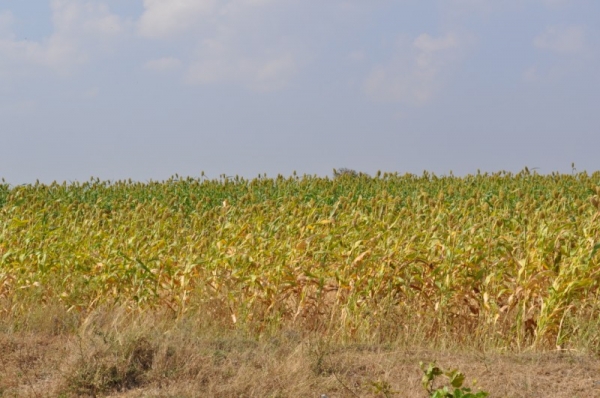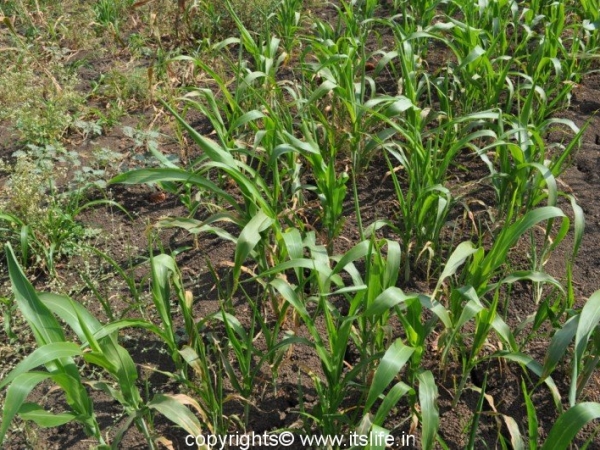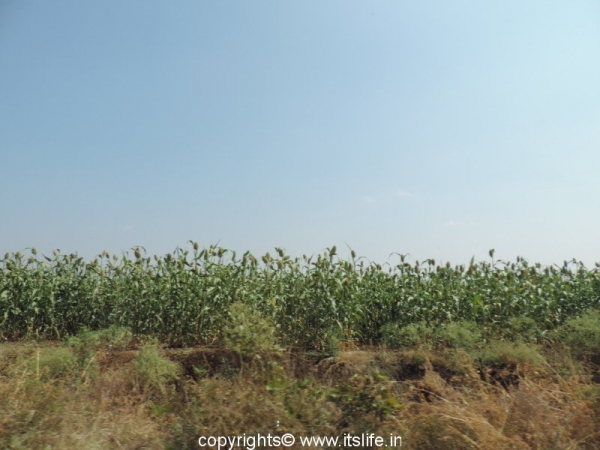Sorghum is known as Jower in India and belongs to Poaceae (grass) family. It is a native of Australia, Africa, and Asia. It is known as Jola in Kannada and is the staple diet of North Karnataka, Maharashtra, and Gujarat. It is also known as Milo, Guinea Corn, Kafir Corn, and Kaoliang in China.
One species of Jower is grown for grain, while many others are used as fodder plants. It is the fifth most important cereal crop in the world.
My grandfather used to grow Jower in hundreds of acres of land and would hold his walking stick above his head and exclaim that the crop has reached its peak in height.
The plant is an annual and grows to a height of 4 meters tall. The leaves are green long pointed and roll over. They look like those of Maize.
The flower head is bunched together. The grain color varies from white and pale yellow to deep reds, purples and brown. The grain is about 3 to 4mm in diameter.
Jower is a whole grain and when consumed provides many nutritional benefits. It is high in antioxidants.
Uses:
Jower or Sorghum is used in cooking, fodder, and fuel. As it is gluten-free countries like United States are using more and more in food.
Tender Jower – Ponk or Belasi is used to make salad, fritters, or dosa.
Sorgum can be used to make Boiled Sorghu, Cous- Cous, Tortillas, Porridge, Muffins, Breads, Pizzas, Pastas, Casseroles, Cookies, Cakes, Pies, Indian Bread, Flour Ball, Popped Sorghum, and Popped Sorghum Flour (Sihi Aralittu and Mosaru Aralittu).
Picture above: Aralittu
Both alcoholic and non-alcoholic beverages are also made from sorghum. Starches used for adhesives and papermaking are derived from Sorghum. It is used to produce Ethanol, made into brooms, color leather, make packaging materials, and fibers are used in wallboard.
Picture above: Sorghum flour
Propagation:
Jower propagation is by seeds. It has high drought tolerance.
Recipes using Sorghum:
Bhakri
Sorghum Balls / Mudde
Mosaru Aralittu
Sihi Aralittu
Jower Bhajji
Bhajra Jower Paratha
Gongura / Pundi Palya
Soppina Palya
Thalipeeth
Belasi Kosambari – Ponk salad




